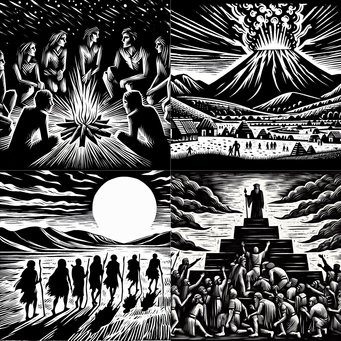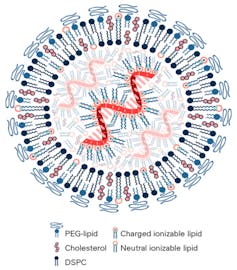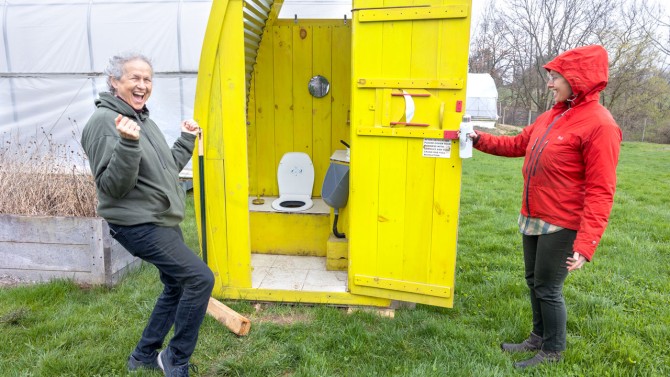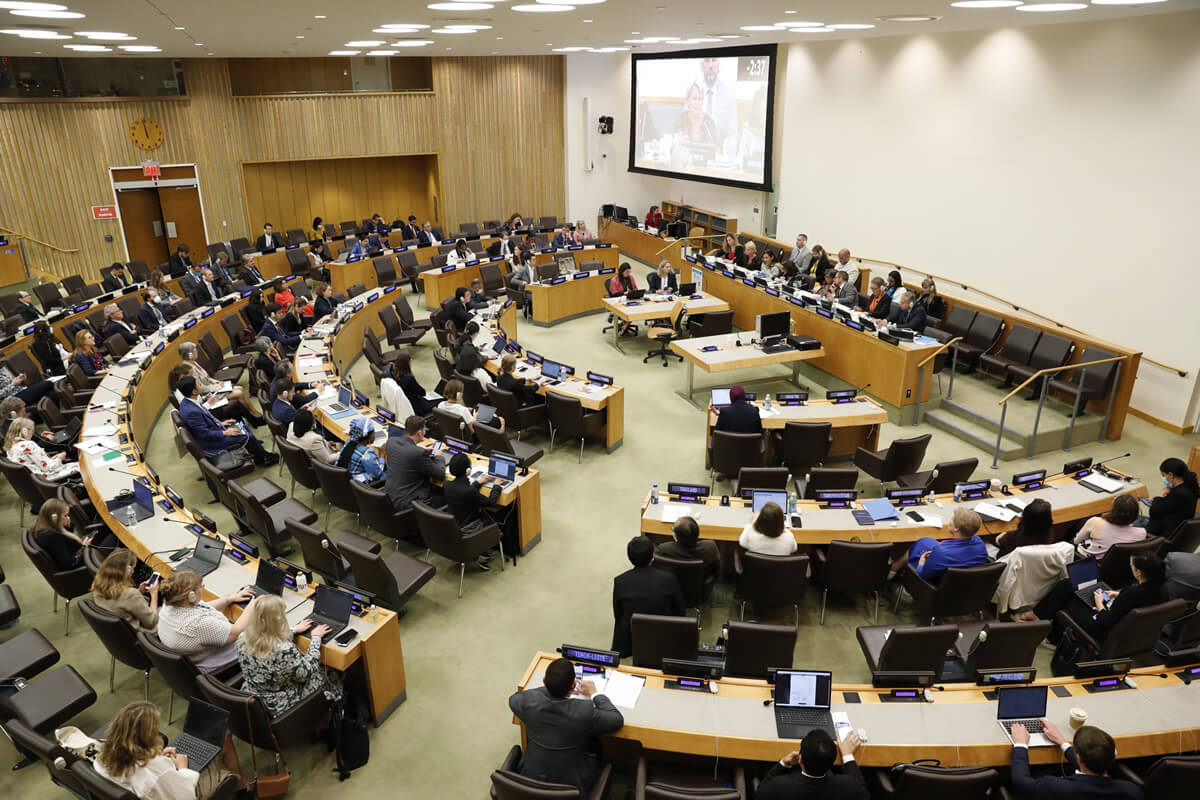The life expectancy at birth for Aboriginal and Torres Strait Islander Australians in 2020-2022 was 71.9 years for males and 75.6 years for females, according to figures released today by the Australian Bureau of Statistics (ABS).
ABS head of Demography, Emily Walter, said “The figures released today show differences in Aboriginal and Torres Strait Islander Australians life expectancy between cities and remote areas.”
Life expectancy at birth was lower for Aboriginal and Torres Strait Islander Australians in remote and very remote areas (67.3 years for males and 71.3 years for females), compared with those living in major cities (72.5 years for males and 76.5 years for females).
As part of the commitment of the Commonwealth to Closing the Gap in life expectancy within a generation, these estimates offer insights into areas of priority actions for Aboriginal and Torres Strait Islander people.
Like all ageing populations, Aboriginal and Torres Strait Islander people want to age well¹.
“Regardless of location, estimates show that there is a life expectancy gap for Aboriginal and Torres Strait Islander Australians and this is more pronounced in remote areas.”
Life expectancy estimates for the Aboriginal and Torres Strait Islander population were lower by 12.4 years for males and females in remote and very remote areas, compared with 8.5 years for males in major cities and 7.5 years for females in major cities.
“Mortality rates for each age group are used to create life expectancy estimates. While infant mortality is still higher for Aboriginal and Torres Strait Islander people, the rates are most similar in the age group of 1-4 years, indicating similar mortality in these early years,” Ms Walter said.
Life expectancy at birth was lowest in the Northern Territory (65.6 years for males and 69.4 years for females) and highest in New South Wales (73.8 years for males and 77.9 years for females).
“It’s important to recognise that these estimates show a point in time measure of one aspect of population health,” Ms Walter said.
“In isolation, they don’t provide a holistic understanding of the health and wellbeing experienced by Aboriginal and Torres Strait Islander Australians, and broader population outcomes.”
Estimates are deliberately not compared to those from 2015-2017. The significant increase in the Aboriginal and Torres Strait Islander population between the 2016 and 2021 Censuses, and improvements to identification of Indigenous status in death records, have contributed to changes in the estimates and these are indistinguishable from genuine change in the health of the population.
[1] National Aboriginal and Torres Strait Islander Health Plan (p. 91)
| States or territory of usual residence | Males | Confidence interval (low) | Confidence interval (high) | Females | Confidence interval (low) | Confidence interval (high) |
|---|---|---|---|---|---|---|
| NSW | 73.8 | 72.8 | 74.8 | 77.9 | 77.1 | 78.7 |
| Qld | 72.9 | 72.0 | 73.8 | 76.6 | 75.8 | 77.4 |
| WA | 68.9 | 66.5 | 71.3 | 72.6 | 70.5 | 74.7 |
| NT | 65.6 | 64.4 | 66.8 | 69.4 | 68.5 | 70.3 |
| Aust.(a) | 71.9 | 71.1 | 72.7 | 75.6 | 74.9 | 76.3 |
- Includes all states and territories.
- Estimates are statistically different at 95% confidence level if their confidence intervals do not overlap.
- Based on the average number of Aboriginal and Torres Strait Islander deaths registered across 2020, 2021 and 2022, adjusted for under/over identification of Indigenous status in registrations, and final Aboriginal and Torres Strait Islander population estimates for 30 June 2021 based on the 2021 Census.
| Major Cities | Confidence interval (low) | Confidence interval (high) | Inner and Outer Regional | Confidence interval (low) | Confidence interval (high) | Remote and Very Remote | Confidence interval (low) | Confidence interval (high) | |
|---|---|---|---|---|---|---|---|---|---|
| Males | 72.5 | 71.3 | 73.7 | 72.8 | 72.1 | 73.5 | 67.3 | 66.5 | 68.1 |
| Females | 76.5 | 75.4 | 77.6 | 76.7 | 76.1 | 77.3 | 71.3 | 70.6 | 72.0 |
- Estimates are statistically different at 95% confidence level if their confidence intervals do not overlap.
- Based on the average number of Aboriginal and Torres Strait Islander deaths registered across 2020, 2021 and 2022, adjusted for under/over identification of Indigenous status in registrations, and final Aboriginal and Torres Strait Islander population estimates for 30 June 2021 based on the 2021 Census.
- Life expectancy estimates are calculated taking age-specific identification rates into account.








